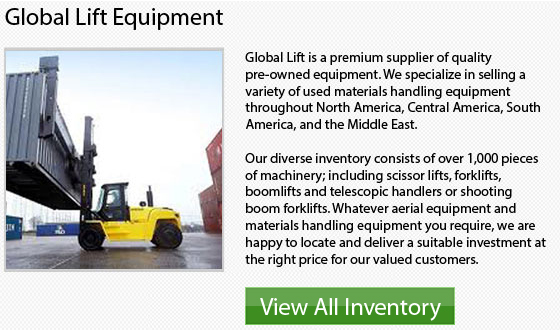
Telehandlers are heavy duty work machines produced particularly to work in rough environment. This however, does not mean they could be driven without consideration on rough environment. These kinds of machines have a a lot greater risk of tipping over or load loss when they are traveling on slopes.
If you do have to travel on a slope, ensure that you proceed carefully and slowly while keeping the load low. Prior to getting on the slope, downshift to 4WD and a lower gear. Using the engine brake will help to control the speed of the telehandlers. Try not to turn on a slope if possible. If you must make the turn, utilize extreme care and take it as wide as possible.
Always try not to drive across very steep slopes. Utilize the telehandler's heavy end pointing up the incline, when ascending and descending slopes. Even when the forks have no cargo, the counterweighted rear of the machine is quite heavy; therefore, it can be necessary to drive in reverse up slopes. When the telehandler is carrying a cargo, the front of the unit becomes the heavy end, and you could back the machinery down the slopes.
Operator training is extremely important on a mixed jobsite. Rear pivot equipment would normally operate on the same jobsite of coordinated steering machinery, where everyone is permitted to use all of the machinery. In this case, an individual who is used to utilizing a coordinated steer machine can jump onto a rear-pivot equipment. A really key difference between how these two units work depends on what part of the equipment extends outside of the turning radius.